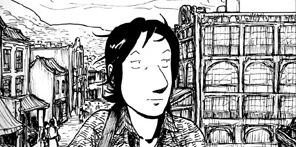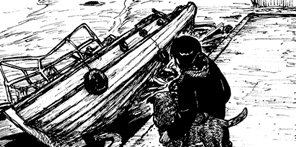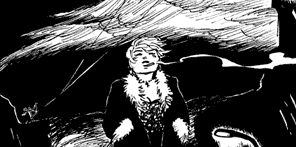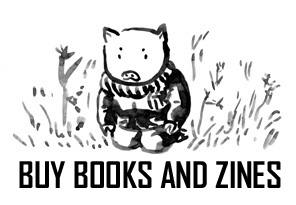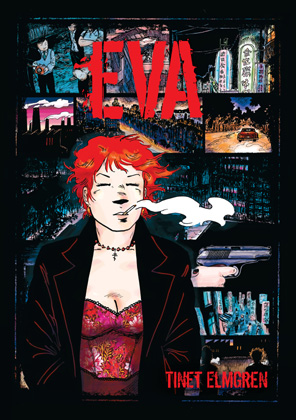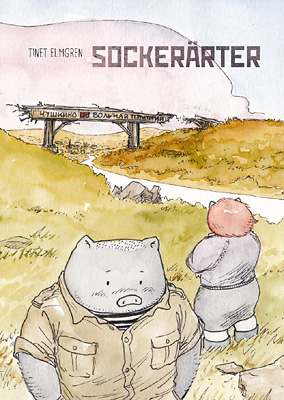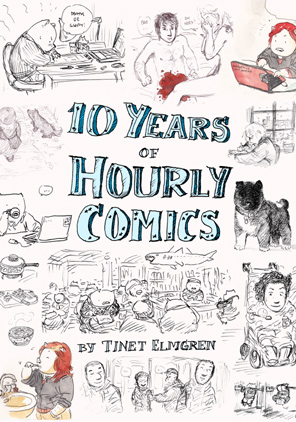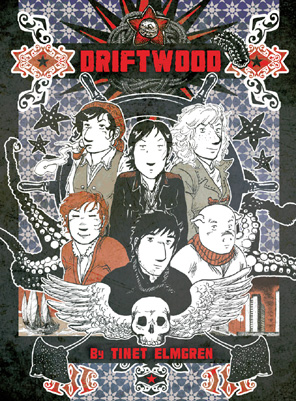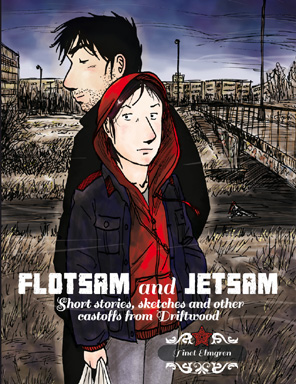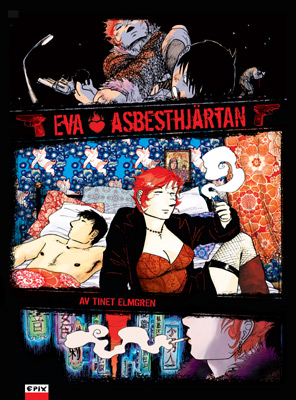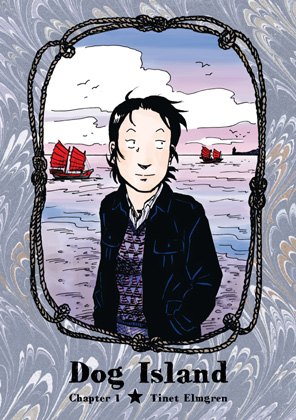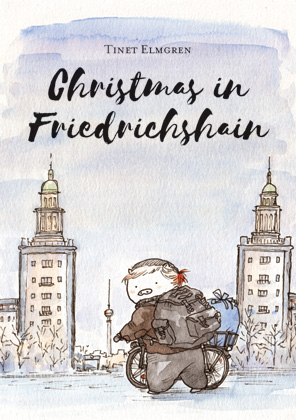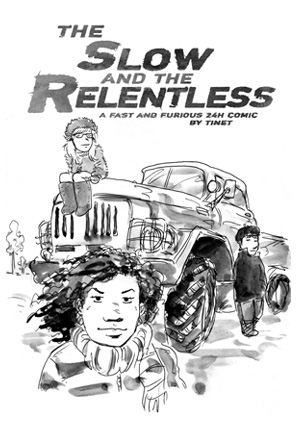Rubber cut prints
For a little group exhibition that I was part of in December, I made a couple of rubber cut prints. You can buy blocks of stamp rubber and cut it like lino cuts, except it’s a lot softer and easier to work with. These two are the first rubber cuts I’ve ever made.
They are kind of part of a comic I’m working on, about the migrant experience and what it does to your sense of identity when the first generation – your parents – tried to assimilate and rejected their culture and heritage, and also your parents were shit, and meanwhile the majority culture around you is biased against your people. And here you are, not belonging anywhere and trying to figure out what is good and right to you.
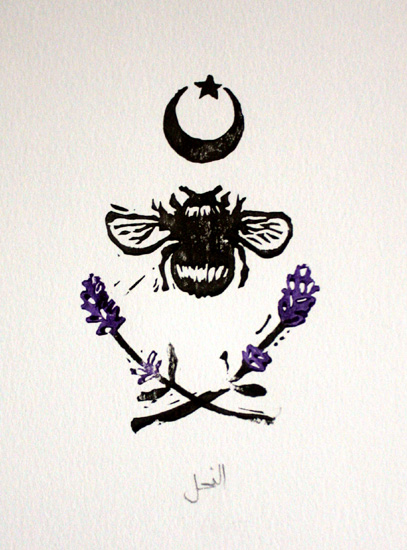
The sûra “The Bee” (النّحل) mentions how Allah “inspired the bee, saying: Choose thou habitations in the hills and in the trees and in that which they thatch; Then eat of all fruits, and follow the ways of thy Lord, made smooth (for thee).” An interesting thing is that the Arabic verb form used for the bees is indeed the female form, so already in the early 7th century it said in the Qurân correctly that worker bees are all female.
In “The Bee” there is also a passage that seems to condemn “unbelievers” for having a bias against baby girls, for being unhappy when daughters are born to them and considering to kill their female babies.
The sûra talks about honeybees, but the bumblebee is my favourite bee, and there has been controversy about whether it should even be able to fly according to the laws of physics (though that has been proven to be incorrect – yes, bumblebees can fly and it is in full accordance with the laws of physics …).
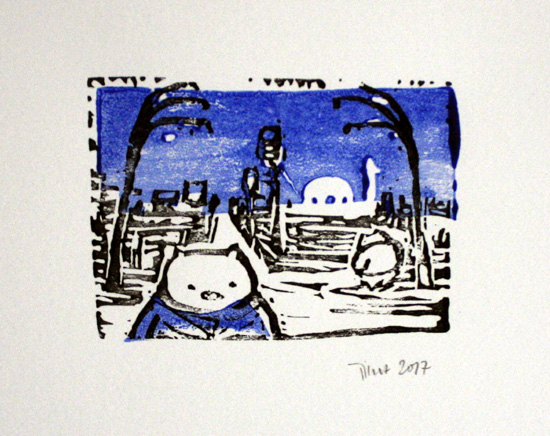
This one is a view of the Khadidja Mosque of the Ahmadiyya community in Berlin-Heinersdorf (although I forgot to cut it as a mirror image!). Like many mosques in Germany, it’s in an unseemly industrial area, behind a KFC, a gas station and a car repair shop.
The Ahmadiyya community also built the first mosque in Berlin, the beautiful Wilmersdorfer Moschee, which was inaugurated in 1925. That was the second mosque built in Germany – the first was in a WWI POW camp in Wünsdorf, where Muslim prisoners of war from Russia – Tatars and Caucasians – and the British and French colonies were interned. The German authorities attempted to radicalize and instrumentalize them, and recruit them to fight on the German side. Going to war for the Germans was a chance to get to freedom from the prison camp, and also another chance to die for no good reason. Only one in seven POWs chose this path, much less than the German authorities had hoped.
The comic book project is still in the draft/script stage so it will be a while before I can show something more concrete (if ever …). It could be a piggy comic, like Sweet Peas, where the characters as piggies symbolize the conflicting experience between the past (lost, rejected) Muslim heritage, and their present/future new and reconstructed sense of belonging.
